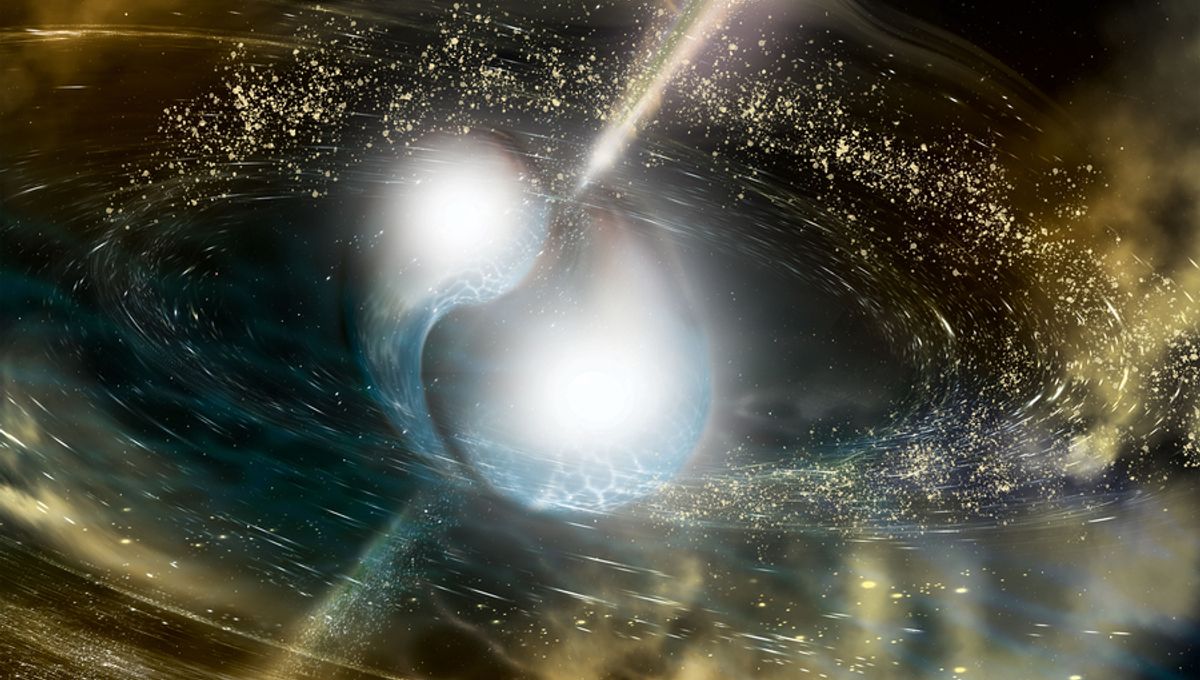
Gravitational wave observatories have measured many collisions between the dense objects in the universe. Most of them have been black holes, but there have been two detections of neutron stars merging with each other. One of them was also seen by regular observatories, providing incredible insights into these extreme events. But astronomers want to know more. And that might require predicting when a merger is about to happen and alerting the right telescopes.
Two papers have begun to tackle this incredible challenge. From the detection of GW 170817, by the LIGO and Virgo observatories, it took 11 hours for telescopes to find the source. While the information they obtained was still incredible, researchers want to cut down this time. In the third observation run that ended in 2020, the observatories put out notifications to the astronomical community of the events and where in the sky they were likely to have taken place.
Researchers are now coming up with new software that can work alongside the traditional programs, which will look at fewer data points and potentially be faster at alerting to the possible detection of interesting events such as neutron star collisions. The truncated waveform requires less data, but also limits how far away the event can be in the universe.
“The detectors are constantly taking new data in an observing run, and we are comparing our waveforms to the data as they come in. If we use truncated waveforms, we don’t have to wait for as much data to be collected to do our comparison,” the lead on this project, Dr. Ryan Magee from Caltech, said in a statement. “The trade-off is that the signal needs to be loud enough to be detected using truncated waveforms. It’s important to still run the main pipelines alongside the early-warning pipeline to pick up the weaker signals and get the best final localizations.”
This approach can deliver faster warnings and even alert scientists before the merger. And predicting them before they happen is also the focus of another project. Researchers believe that, if the signal is clear enough, they can predict that a neutron star is about to merge tens of seconds before it happens – something they might be able to see soon, as the new run starts in a few months.
“In the next run, we might be able to catch one of the neutron star mergers 10 seconds ahead of time,” the lead on this work, Dr. Surabhi Sachdev, explained. “By the fifth run, we believe we can catch one with a full minute of warning.”
But it is not just about improving the warning from the gravitational wave detectors; it is also about improving the electromagnetic telescopes’ ability to spot these events as quickly as possible. Many avenues of this work are being investigated, from spotting warning signs in radio observations, to having software that can more easily track events in optical and ultraviolet surveys.
“Our algorithms figure out how to best cover different patches of sky and for how long to ensure the maximum chance of finding the target,” said graduate researcher Shreya Anand, who is working on such software. “We are missing interesting physics in the early phases of the mergers. The early-warning software from the LIGO team and the software for our telescope searches will speed up our chances of finding an event early. This will ultimately give us a more complete picture of what is going on.”
The study led by Magee and the one led by Sachdev are both published in The Astrophysical Journal Letters.
Source Link: Can We Predict Incredible Stellar Collisions Before They Happen?